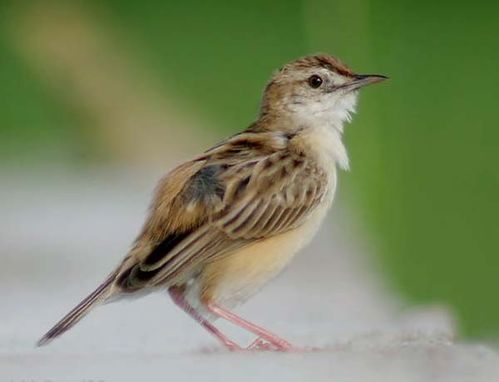Chicken Coaching And Hand Rearing

Dogs have developed to dwell with people during the last 27,000 years ( ref ) parrots since perhaps, the Thirties ( ref ). The parrot's ability to imitate human speech is, on the similar time, its loveliest and its most deceptive trait. It's straightforward to neglect that parrots are wild spirits of the tropical savannahs, not domesticated companions like canine and cats that fit comfortably into the typical human family.
For an in depth parrot training system that doubtlessly turns your bird right into a fun, loving companion as well as studying a lot of cool methods, try Chet Womach's Parrot Coaching Course Keep in mind that taming and coaching a chicken takes persistence, by no means 'punish' your pet! Students with Birds Blog was founded by me: Sarah, a parrot slave with a penchant for analysis and a knack for training animals.
Birds that take food on the wing take a very long time to hone their looking abilities, without some training, and assistance with handouts for a time, these birds won't survive. Cockatiels can mimic many sounds, such as the bleep of a car alarm , a ringing phone , the sound of a zipper, the beeping of merge mp3 cell telephones or microwaves, or the calls of different fowl species resembling blue jays or chickadees and loud weather like thunder They'll also mimic different pets corresponding to dogs, occasionally barking again.
Some bought the chook on impulse after a slick sales pitch by a pet shop worker or chook breeder who minimized how demanding bigger parrots may be. In reality, parrots require significantly extra time and a spotlight than canine and cats. Cockatoos and different pets, equivalent to dogs and cats, might or may not develop a pleasant relationship with one another.
In cockatoos with cloacal prolapse, characteristic—albeit speculated—historical findings embody hand-rearing; delayed weaning; bonding to a selected individual; and display of behaviors such as continued begging for food, sexual arousal, and tendency to carry feces for a protracted interval (which may have been stimulated additional by potty training by the proprietor).147 These behaviors may stimulate extended and recurrent cloacal straining; subsequent cloacal stretching, dilatation, and prolapse (see Figure 5-49); and distension and flaccidity of the cloacal sphincter.